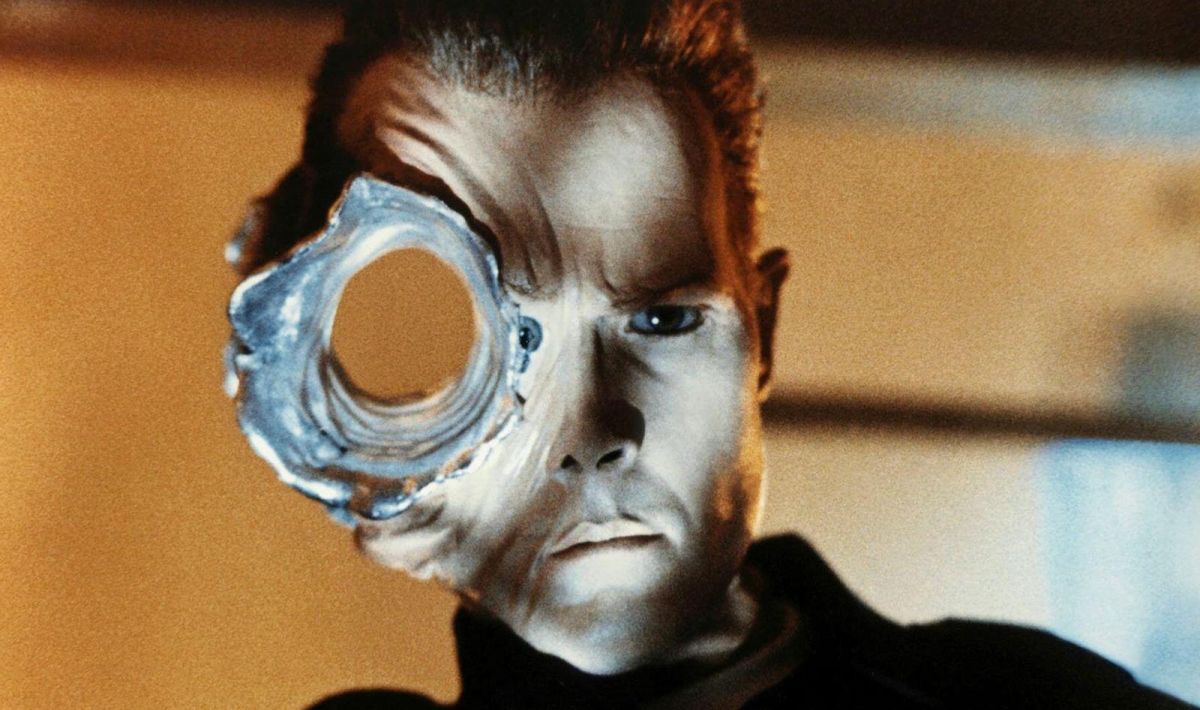- cross-posted to:
- technology
- cross-posted to:
- technology
“Of course, there are lots of industries whose product engineers would love to translate this finding into intentional engineering approaches to create metals that automatically heal themselves in our structural applications,” lead-author Brad Boyce, a materials scientist at Sandia National Laboratories in Albuquerque, New Mexico, told Live Science. “Self-healing metals could be useful in a wide range of applications from airplane wings to automotive suspensions.”
Edited : clickbait title



Can any headline that ends in a question mark be answered by the word no?
No.
Here’s a quote from that wiki page you linked to:
You are of course correct, the ‘law’ as written is way too vague to actually even apply in many situations. But it is a fun way to call out articles like this!
I would personally say it is more of a rule of thumb for identifying clickbait journalism. But calling it that isn’t catchy enough, much like the first half of this article’s headline 😄
I just found it kinda funny that the rule is actually wrong irl since yes is more common across the board, yet when formulated as a question the answer to it is no :)